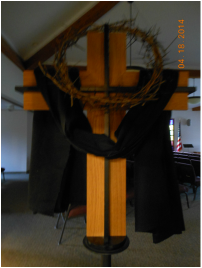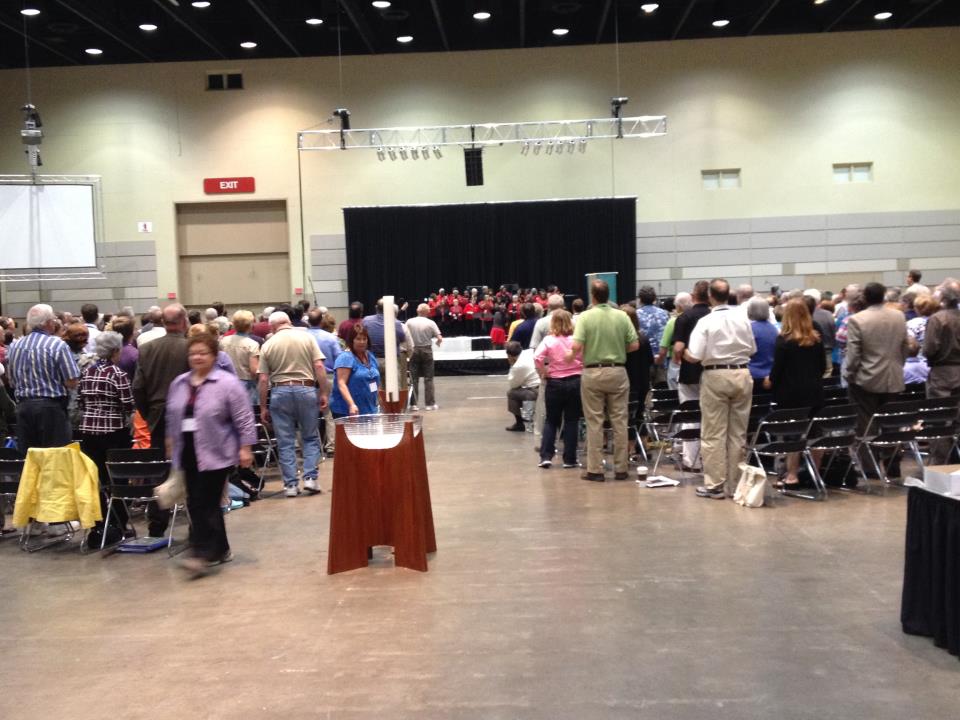The Lutheran Church
Lutheranism explained.Lutheranism is one of the largest denominations of Protestantism and Western Christianity that identifies with Martin Luther, a German monk, Catholic Priest, and theologian. Luther translated the Bible from Latin to a more popular language, thus making it accessible. He was also a prolific hymn-writer.
Luther sought to reform the ideas, practice, and influence of the Roman Catholic Church. His writings were first published in 1517 and in 1521 the split between the Lutherans and the Roman Catholics were made clear. Luther believed that the Bible is the final authority on all matters of faith. He strongly disagreed that freedom from sin could be purchased monetarily. He proposed a doctrine of justification by "grace alone and through faith alone on the basis of Scripture alone". Lutherans retain many of the liturgical practices and sacramental teachings of the pre-Reformation Church, with particular emphasis on the Eucharist (Lord's Supper). The Roman Catholic believed that they were the authority of information coming from both the Bible and the established Church Magisterium (Pope and his Bishops). Followers of Luther became outlaws. They were forced to forfeit all property, half to the Imperial government and the other half to the accuser. Luther was excommunicated in 1521 Martin Luther married Katharina von Bora, a nun, and they had 6 children. Luther became heavily involved in organizing the Church. He advocated church's finding their own ministers. Luther devised the Catechism and a synopsis, the Small Catechism. His last sermon was delivered at Eisleben, his place of birth, three days before his death. Luther died at the age of 62 on February 18, 1546. He was buried beneath the pulpit in the Castle Church in Wittenberg (Lutherstadt Wittenberg), Germany. |
St. Paul belongs to the Evangelical Lutheran Church in America (ELCA) synod.What is a synod?
A synod coordinates the work of congregations. It supports, connects and guides the leaders and ministries of congregations. ELCA congregations and synods work together utilizing leaders, resource, experiences and communities to do God's work. ELCA provides many tools for congregations, such as research and evaluation, Bible Studies, forms for committee and council meetings, starting new congregations and helping congregations with finding a pastor. ELCA is a great resource! Visit their website here. Discover your Spiritual Gifts with ELCA's Assessment tool here. |
Office HoursMonday, Wednesday, & Friday 9:30-1:30 |
|



